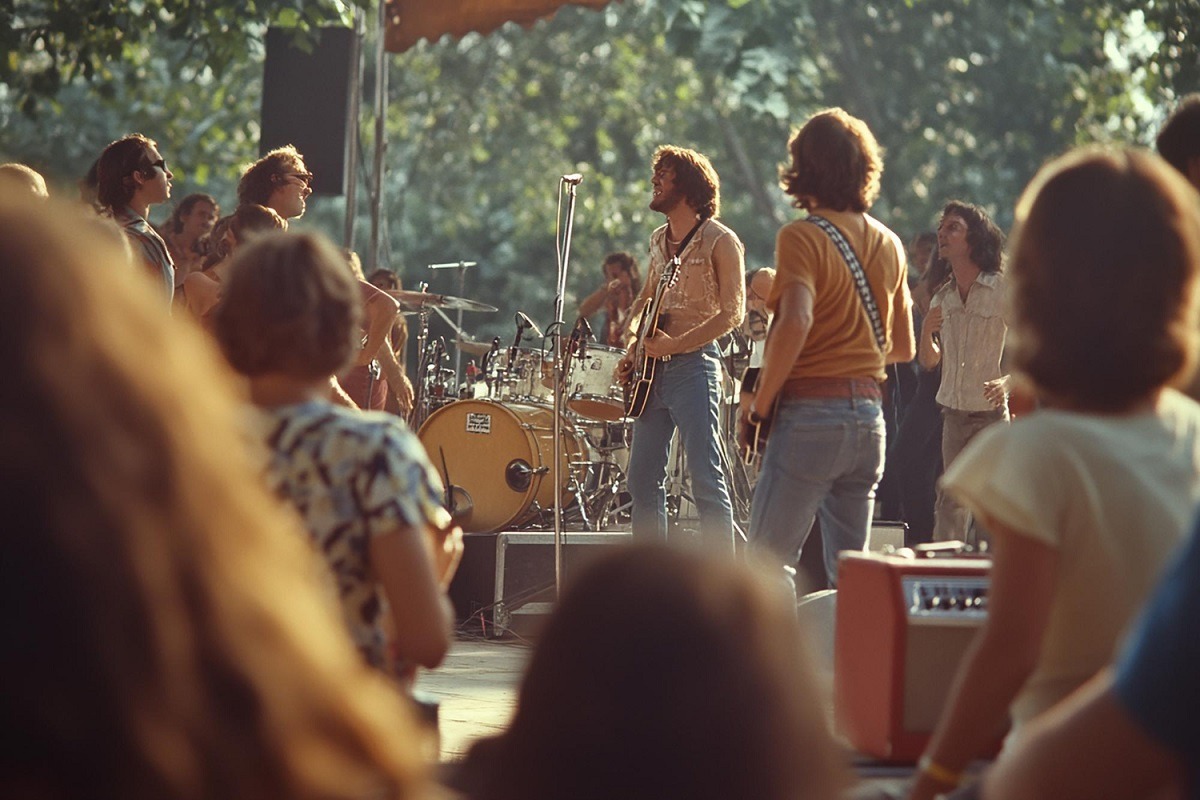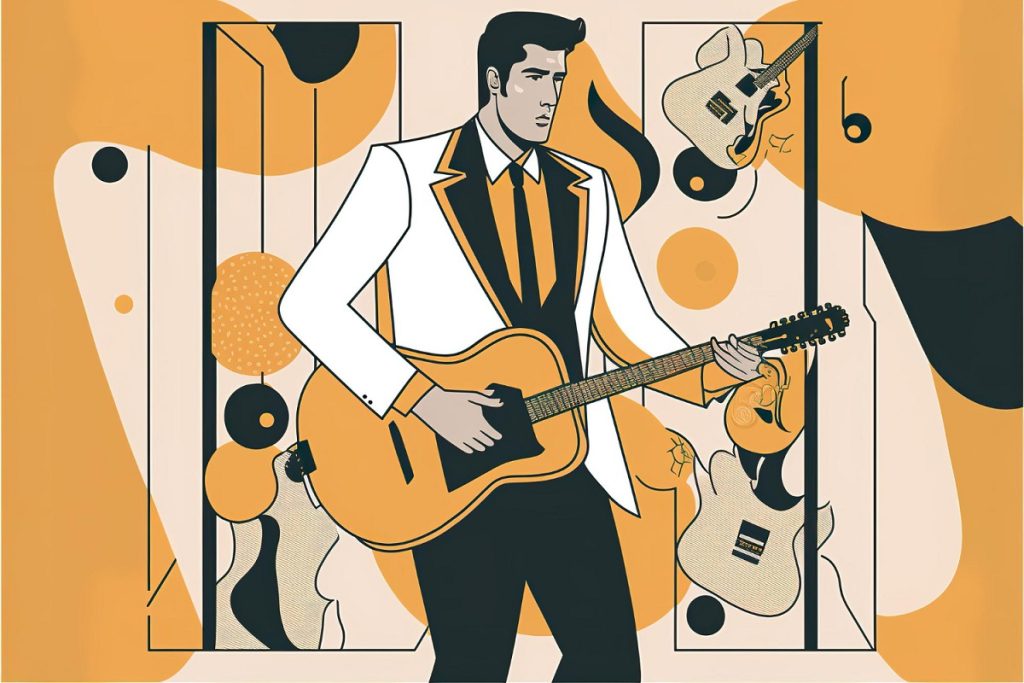The 1960s and 1970s are often revered as the golden age of music, a period marked by radical innovation and profound cultural shifts. Music from these decades not only pushed artistic boundaries but also mirrored and influenced significant social changes. This era introduced some of the most enduring music icons whose work continues to resonate today.
Key elements of the era
Iconic albums
Albums like The Beatles’ “Sgt. Pepper’s Lonely Hearts Club Band” (1967) and Pink Floyd’s “The Dark Side of the Moon” (1973) were not just collections of songs, but cohesive pieces of art that demonstrated the potential of the album format. “Sgt. Pepper’s” is renowned for its concept and complexity, whereas “The Dark Side of the Moon” broke ground with its innovative use of technology and deep exploration of human experience.
Revolutionary artists
Artists such as Bob Dylan and Aretha Franklin changed the landscape of music through their profound lyrical content and charismatic performances. Dylan’s intellectual songwriting transformed the perception of what popular music could convey, while Franklin’s powerful voice became a symbol of black empowerment during the civil rights movement.
Memorable performances
Performances like Woodstock (1969) encapsulate the essence of this era’s cultural revolution. The festival is emblematic of peace, love, and music, drawing hundreds of thousands, and featured historic sets from Jimi Hendrix and Janis Joplin.
Cultural and historical impact
The music of the 1960s and 1970s played a pivotal role in movements for social change, such as the civil rights movement and anti-Vietnam War protests. Artists often used their music to comment on social issues, influencing public opinion and empowering community actions.
Influential anecdotes
One particularly poignant moment was when John Lennon and Yoko Ono held their two “Bed-Ins for Peace” in 1969. Intended as a non-violent protest against the war, these events underscored how musicians could use their fame for political activism.
Another interesting fact is the role of “The Dark Side of the Moon” in the popularization of the use of synthesizers in music. Its success proved the commercial viability of electronic instruments, shaping much of the music in the following decades.
The lasting relevance of the golden age
The groundbreaking innovations and socio-political involvement of the artists from the 1960s and 1970s continue to influence modern music genres and artists today. The era’s focus on artistic integrity and cultural commentary set new standards for what music could achieve and represent.
Moreover, the widespread nostalgia for this period’s music, with its enduring popularity on digital music platforms, underscores its lasting appeal and relevance in today’s musical landscape.
In conclusion, the golden age of music in the 1960s and 1970s remains a defining epoch that not only revolutionized the artform but also engaged deeply with its cultural and political contexts. Its legacy is evident not only in music but in how we perceive the power of artistic expression connected to societal shifts.





